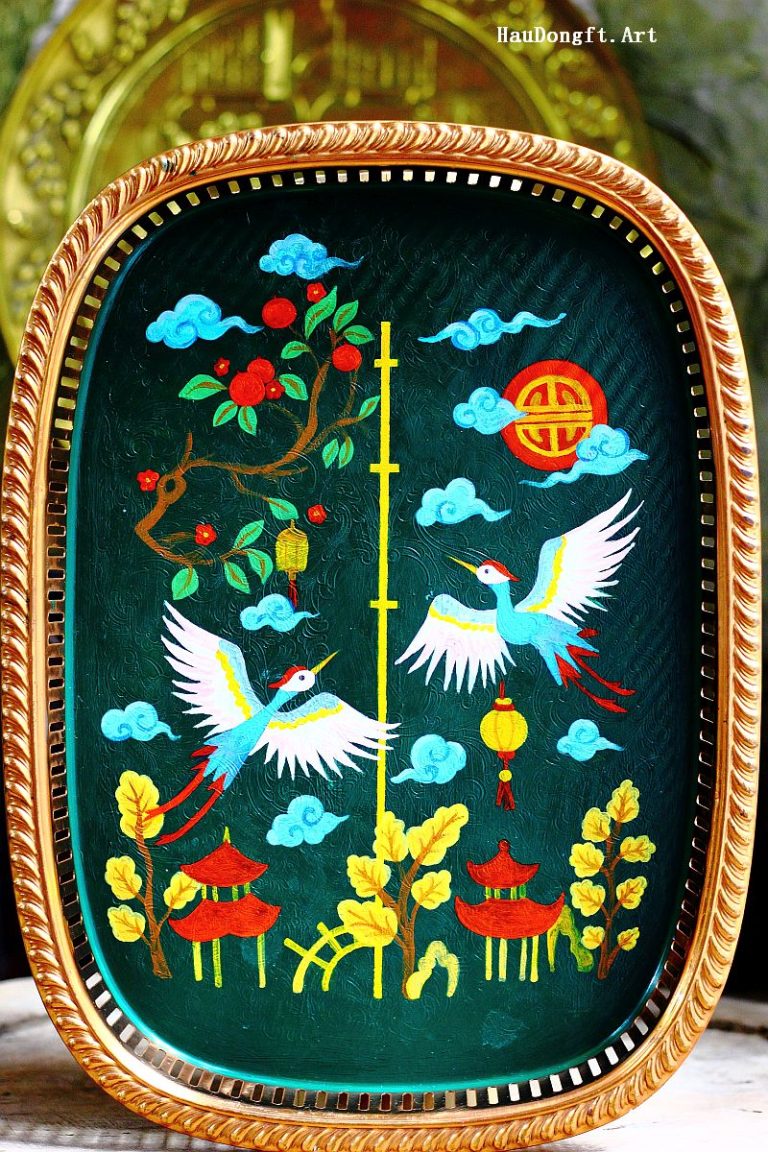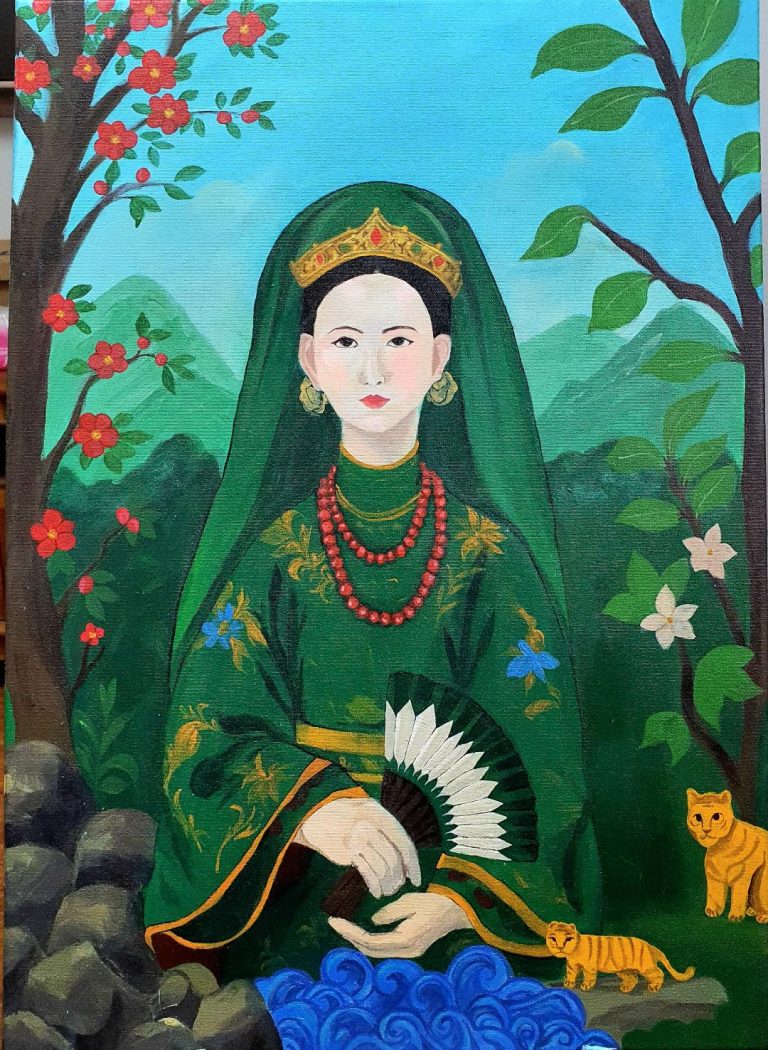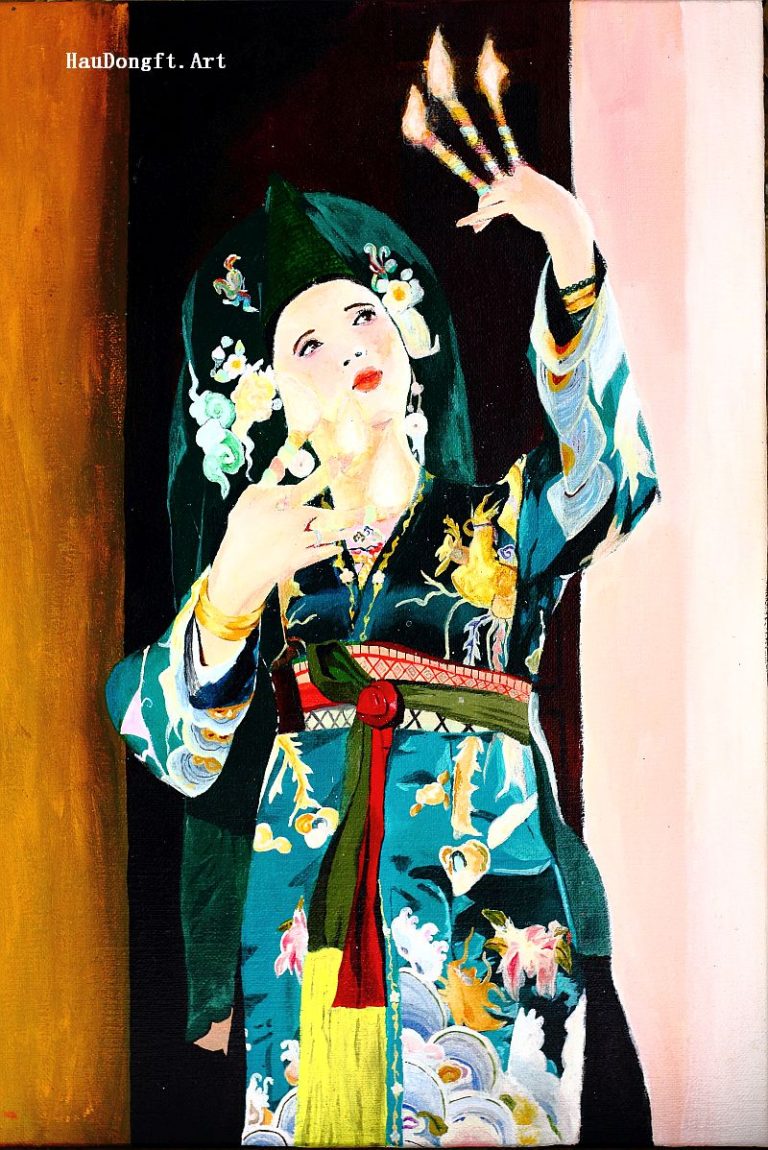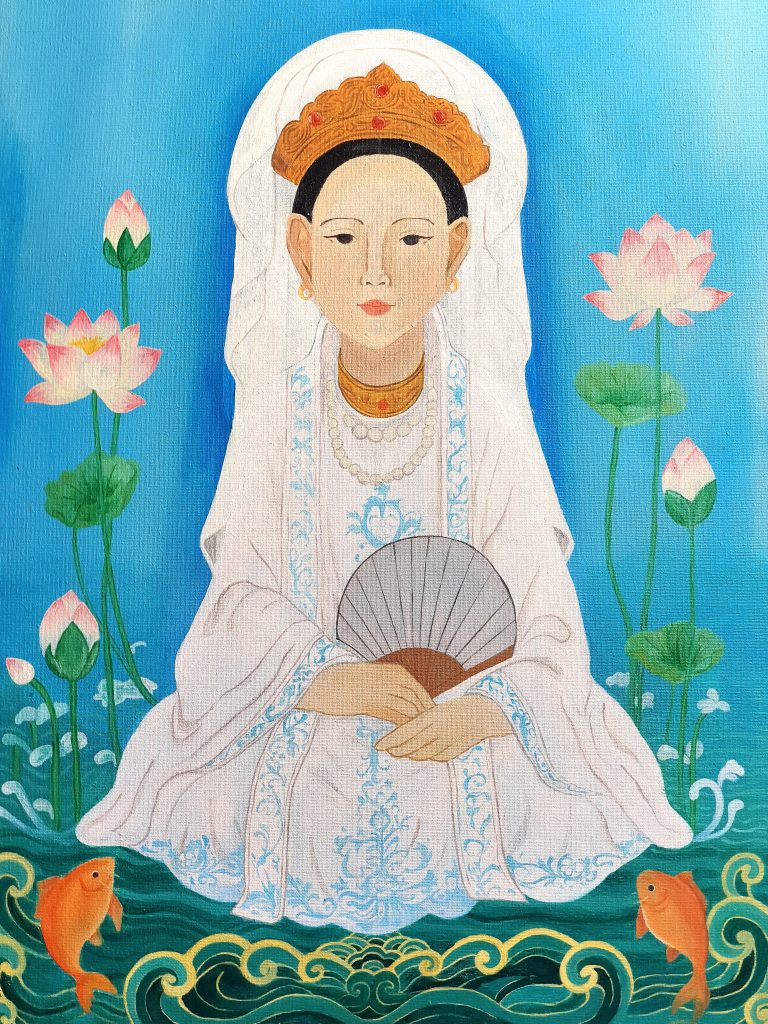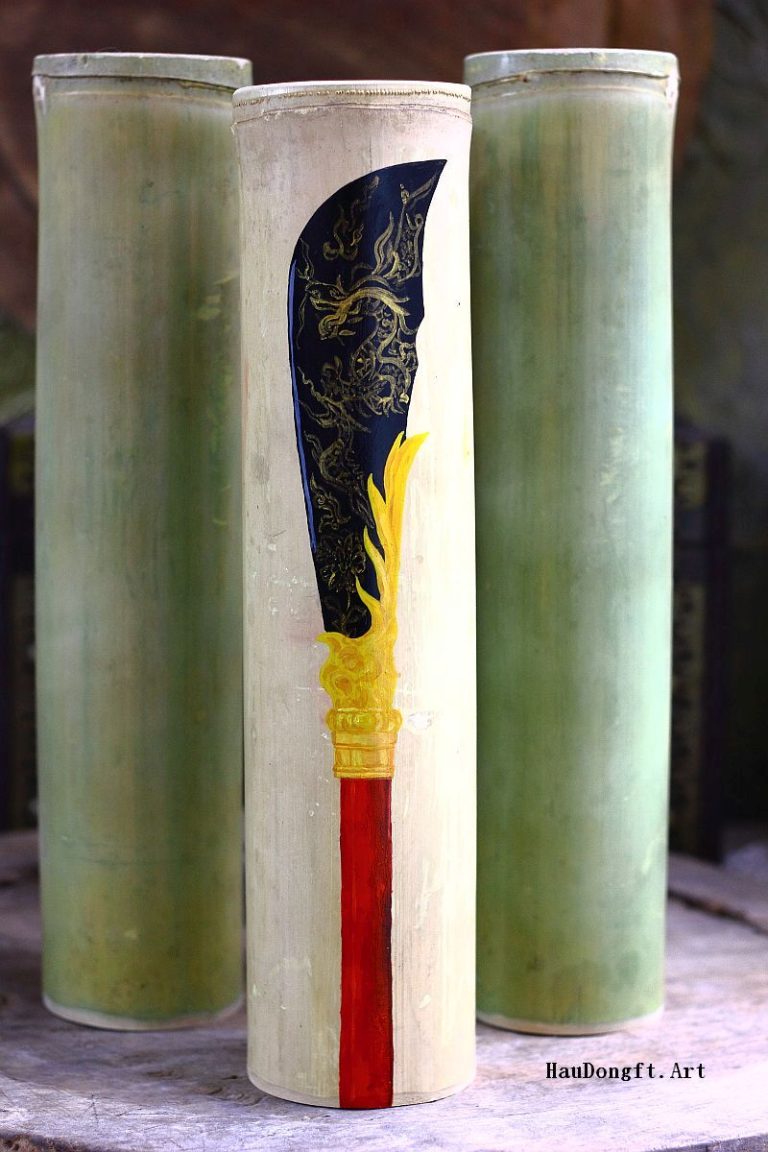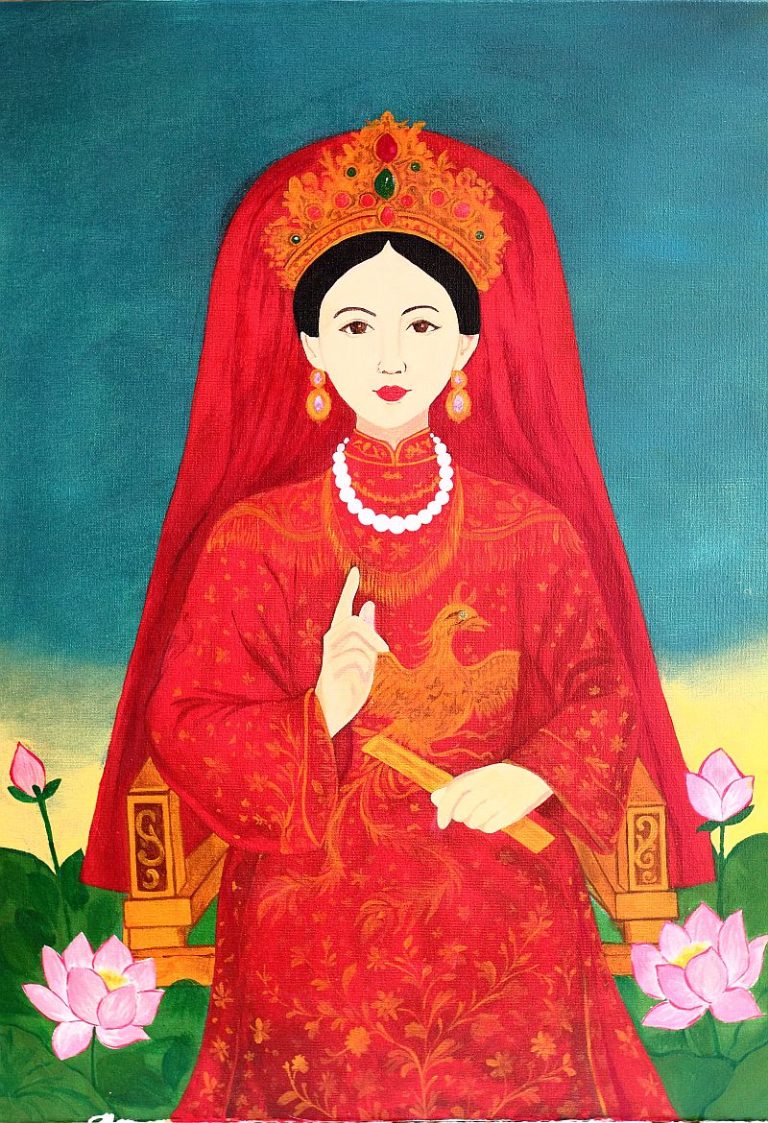In his research, Freud introduced the concepts of the conscious and the unconscious. The conscious reflects phenomena that humans pay attention to, phenomena about which they have relatively full awareness of existence, meaning, and value. The unconscious, by contrast, sinks deep into the subconscious. People do not have a clear awareness of it, nor do they carry explicit information about it; only in special environments does the unconscious manifest itself in human behavior as instinctive phenomena.
Excerpt from the book “Mediumship: The Journey of Deities and Human Destiny.”
In human activity, consciousness mobilizes the cerebral cortex and spinal system to a greater degree (awareness), while the unconscious relies more heavily on the reticular formation and autonomic nervous system (automatic, conditioned reflexes). During transitional states of consciousness, when consciousness weakens or narrows, unconscious activity dominates. In the state of lên đồng, conscious activity is weakened and restricted, especially during the moment of “spirit descent,” when the unconscious takes precedence. This creates a state of ecstasy under the influence of sound, rhythm, chanting, dance, colors, alcohol, and so forth—resulting in yawns, shivers, trembling, facial changes, heavy breathing, sweating, fascination, and trance. Thus, lên đồng is a special state of altered consciousness.
To achieve this altered state, mediums (ông đồng, bà đồng) must deliberately place themselves in a state of “autosuggestion.” This is self-suggestion regarding the existence of the deities and the desire to commune with them in order to seek protection and blessings for health and fortune. Even the devotees of Mother Goddess worship—though not themselves mediums—may, through their belief in the deities, fall into a state of autosuggestion and experience spirit possession. The Lên đồng vui practice in Huế, for example, represents a form of collective possession, unlike the individual possessions more common in Northern and Southern Vietnam.
It is clear, then, that lên đồng is not a pathological condition but rather a psychophysiological state—an altered state of consciousness into which mediums deliberately lead themselves. Within this self-induced environment, the unconscious emerges, allowing mediums to release many suppressed psychological tensions that otherwise could lead to psychophysiological disorders such as hysteria, illness, tangled hair, or convulsive fits. It is therefore unsurprising that frequent participation in lên đồng, through autosuggestion, releases unconscious inhibitions, helping individuals gradually recover from illness, correct deviant behaviors, and reintegrate into the community as ordinary people.
In the therapeutic function of lên đồng, the system of chầu văn music plays a central role, particularly due to its strong connection with rhythmic dance. Some have even likened chầu văn to “Vietnamese rock music,” characterized by the repetitive order of ritual segments and the vibrant, exhilarating rhythms of dance. Its psychophysiological impact lies in uniting two poles of human life: on one side, solemnity and structure; on the other, warmth, spontaneity, and vitality. The solemn aspect of chầu văn (expressed mainly through ritual order) stabilizes and regulates the mental state of participants, orienting them toward a world grounded in enduring values. Meanwhile, its spirited and lively aspect liberates hidden energy, channeling it into movement that heightens vitality.
As a result, many mediums report feelings of relief and exhilaration immediately after their first sessions, which compels them to eagerly anticipate future ones. Overall, lên đồng provides a unique form of pleasure—both cathartic and elevating—particularly for women in traditional society, many of whom lived under heavy repression. Hence the old saying: “First, become a medium; second, marry an official.”
The music of lên đồng is not merely for listening; it draws people into active bodily movement. Moreover, chầu văn encompasses a wide variety of rhythms suited to different modes of expression and emotional states: sometimes elevating the soul, sometimes evoking grief, sometimes stirring fervor, sometimes exciting passion. In just a few hours, countless emotional registers unfold on a small mat, supported by a single cung văn (ritual musician) and a beat-keeper (with only simple instruments: a moon lute, a set of wooden clappers, and occasionally a small drum).
The course of a lên đồng session usually progresses from solemn invocations of mandarins and goddesses to the more playful, youthful manifestations of princesses and young spirits. This progression releases the spirit and guides participants back to daily life, making lên đồng a positive therapeutic practice.
Not only the mediums and their musicians but also the assistants and spectators contribute to a collective resonance that deepens the medium’s “role immersion” and enhances the vivid embodiment of divine figures. The therapeutic qualities of chầu văn should therefore be appreciated not only in musical terms but also in its integration with emotions, lyrics, and the communal interactions that sustain the unique cultural world of lên đồng. Here, vestiges of past beauty are preserved in striking vitality, allowing participants, at certain moments, to feel they have entered and communed with a plane entirely different from everyday life—an experience of transcendence and primordial unity, where life is renewed and therapeutic effects truly occur.
Alongside music, dance also provides therapeutic value. Through bodily movement, trance, and identification with deities, participants unlock and release instinctive, unconscious emotions. Importantly, music and dance in lên đồng are inseparable from the sacred symbols of deities—their divine aura, power, and majesty—embodied in vivid imagery and in royal-inspired costumes rich in color. This fusion of human and divine generates powerful psychophysiological effects on mediums, reinforcing the therapeutic dimension of the practice.
